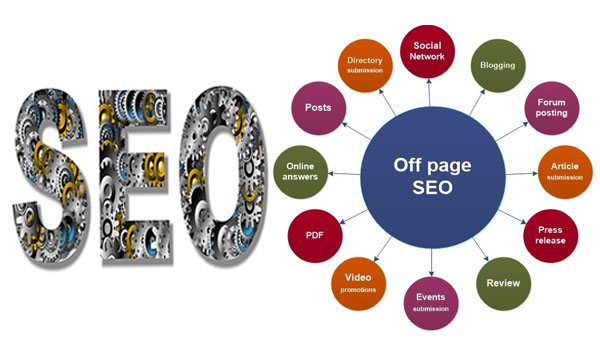The appropriate thing to do for the planet’s future is to invest in sustainable data center technology, a significant commercial value source for clients.
Further information is available in the 451 Research publication, “Ten tech themes driving change in 2022.”
As businesses assess colocation providers, sustainability is a crucial consideration. The largest energy consumers in the world are data centers, which account for 1% to 5% of worldwide energy consumption and 2.7% of demand in the EU.
The majority (86% of total energy usage) comprises electricity used for cooling and IT systems.
Thanks to cloud computing, businesses can now collaborate, create, and operate from any location at any time.
95% of new digital projects will be hosted on cloud-native platforms by 2025.
Sustainable Changes For The Future Of Data Centers
Given below are some of the most effective ideas and changes for the future of data center that encourages sustainability—
1. Automated Cooling Control
Data center managers have committed to automating cooling in their facilities using artificial intelligence (AI), which will save a lot of energy and increase productivity.
By reducing energy use and boosting the utilization of renewable energy sources, AI-based cooling systems can also assist data centers in lowering their carbon footprint.
In order to reduce energy usage by 30%, Google has created an AI-powered system that forecasts how much electricity its data centers will use the next day and modifies cooling systems appropriately.
AI may cut energy costs dramatically and increase operational effectiveness, making it a worthwhile investment for businesses trying to streamline their operations.
Data center management will continue to be greatly influenced by AI.
2. Building Green Data Centers
Businesses are adopting green building construction standards like BREEAM, LEED, or Green Globes at an increasing rate.
By ensuring that buildings are created and maintained ecologically responsible, these guidelines lessen their negative effects on the environment while enhancing the health and well-being of its occupants.
A wise investment for businesses, green buildings frequently offer reduced operating expenses and greater property values.
Alongside decreasing the environmental effect of buildings, green building regulations encourage the implementation of efficient water management systems and renewable energy sources.
Green Globes and LEED accept existing structures as long as they meet their requirements. Thus, they don’t require brand-new construction.
3. Responding To The Challenges Of High Density
Due to the rivalry between Intel and AMD, data centers have seen increased innovation and power.
This has made it possible for data centre interconnect to handle vast volumes of data more quickly and accurately, allowing for the creation of more advanced AI applications and algorithms.
Yet, this high density makes it more difficult to dissipate the generated heat effectively.
To assure the best performance and energy efficiency, data center operators are investigating various cooling solutions, such as liquid cooling, immersion cooling, and air-side economization.
Liquid cooling on high-density racks and conventional cooling on low-density racks will be merged in the upcoming years to enable data centers to maintain ideal temperatures and avoid overheating, which can result in system failures and downtime.
4. Managing Power And Energy
By dynamically altering power delivery depending on real-time demand, automated power management systems can reduce the energy used in data centers.
A software-defined power solution called “The Data Center of the Future” was created in collaboration with Natron Energy and can potentially increase power efficiency by as much as 30–50%.
By putting these strategies into practice, data centers may lower their energy use and carbon impact while still providing their clients with dependable services.
For businesses aiming to secure business continuity and reduce the risks associated with downtime, it may also improve the resilience of data centers against natural disasters and other disturbances.
5. Using Renewable Energy
Virtus, a UK-based operator of data centers, is considering a Power Purchase Agreement (PPA) with its energy provider in order to ensure a consistent supply of renewable energy for 10–15 years.
Virtus is committed to lowering its carbon footprint and encouraging environmental responsibility in the IT sector, and this shift towards sustainable energy is a part of that commitment.
By solely utilizing renewable energy, the company has been protected from the spike in energy prices brought on by the conflict in Ukraine.
By pledging to achieve carbon neutrality by 2030, Equinix made history as the first operator of data centers.
The company’s emphasis on renewable energy sources also serves as a testament to its commitment to addressing environmental issues and advancing sustainability.
Equinix is leading other data center operators by emphasizing renewable energy and providing a model for others to follow.


































